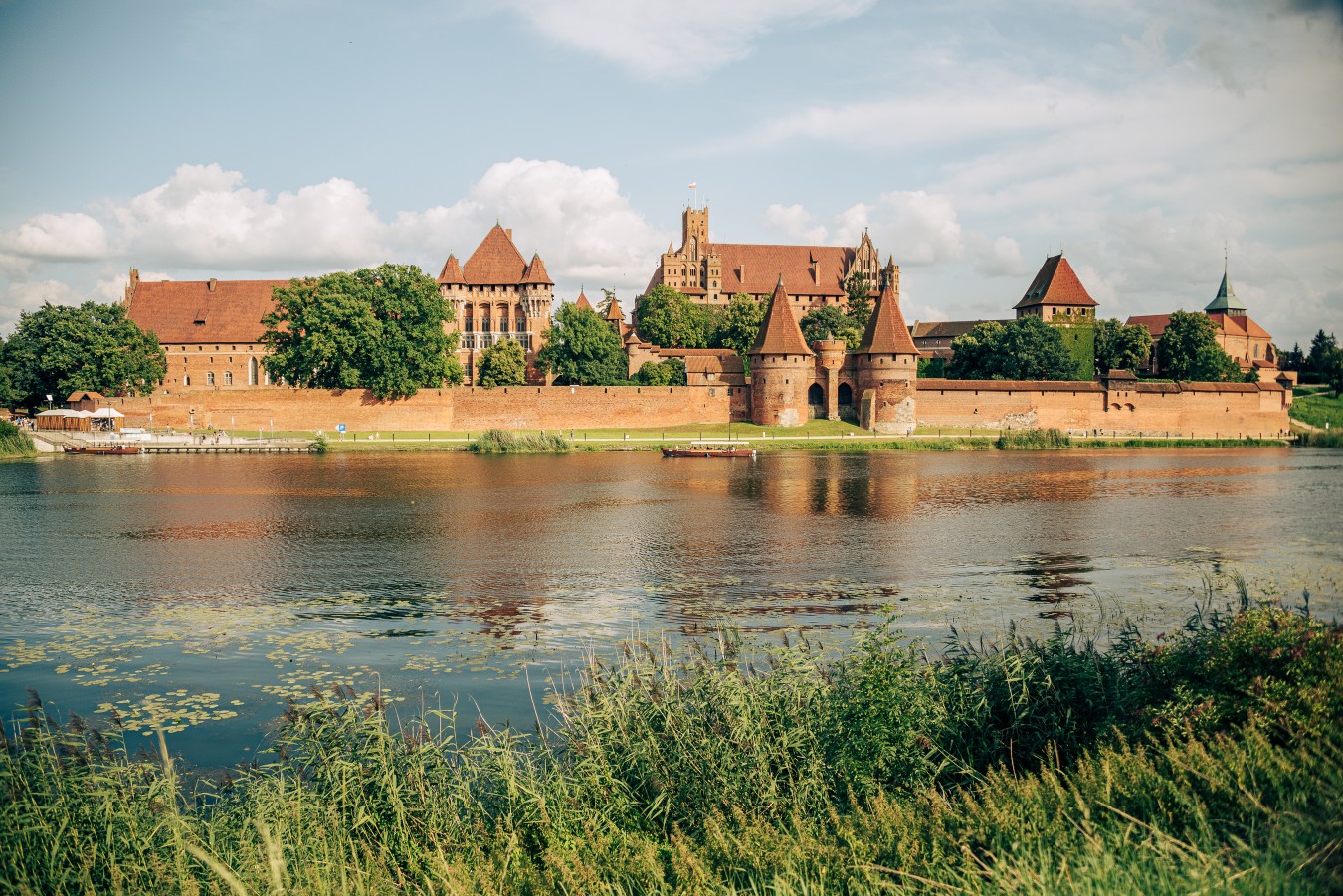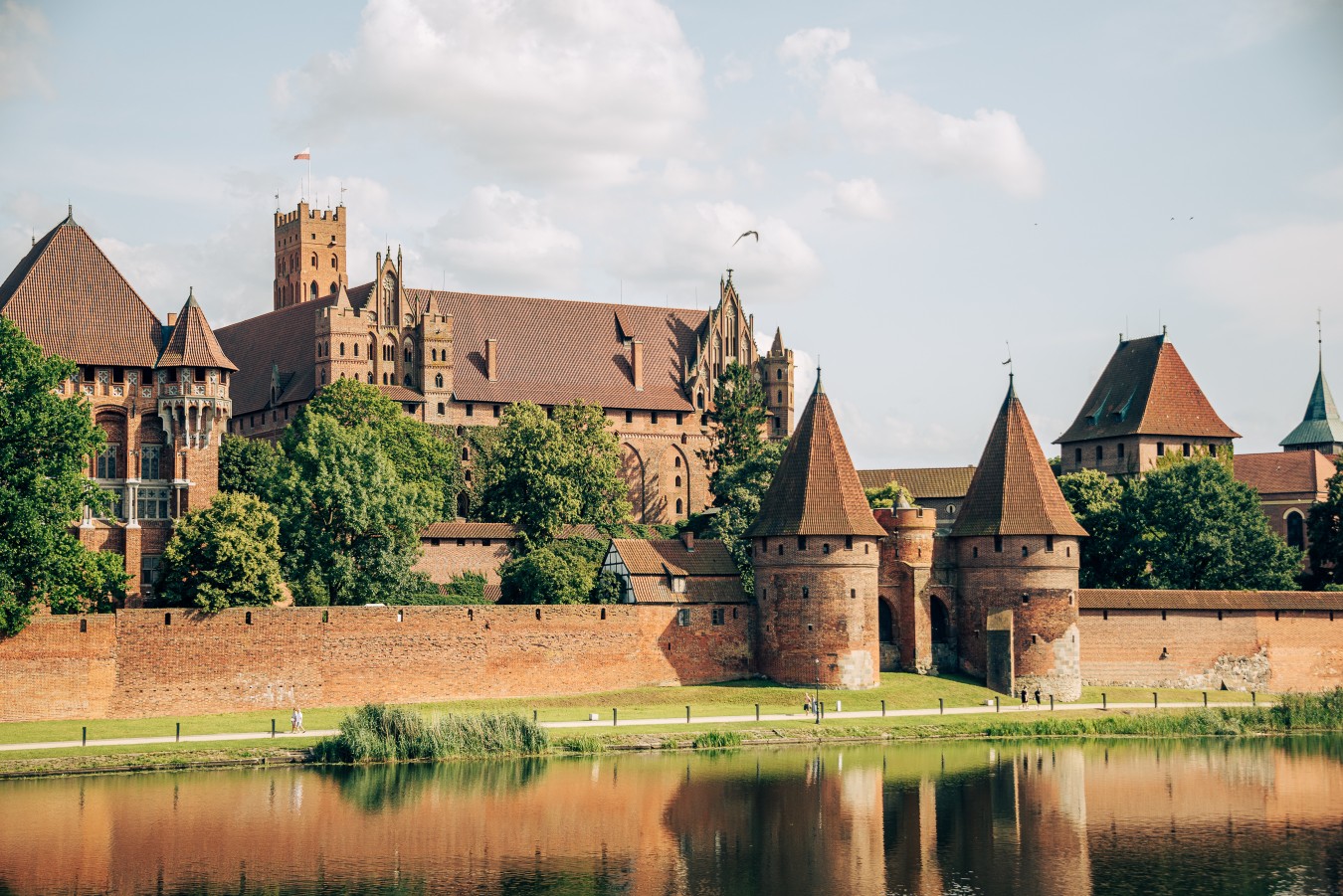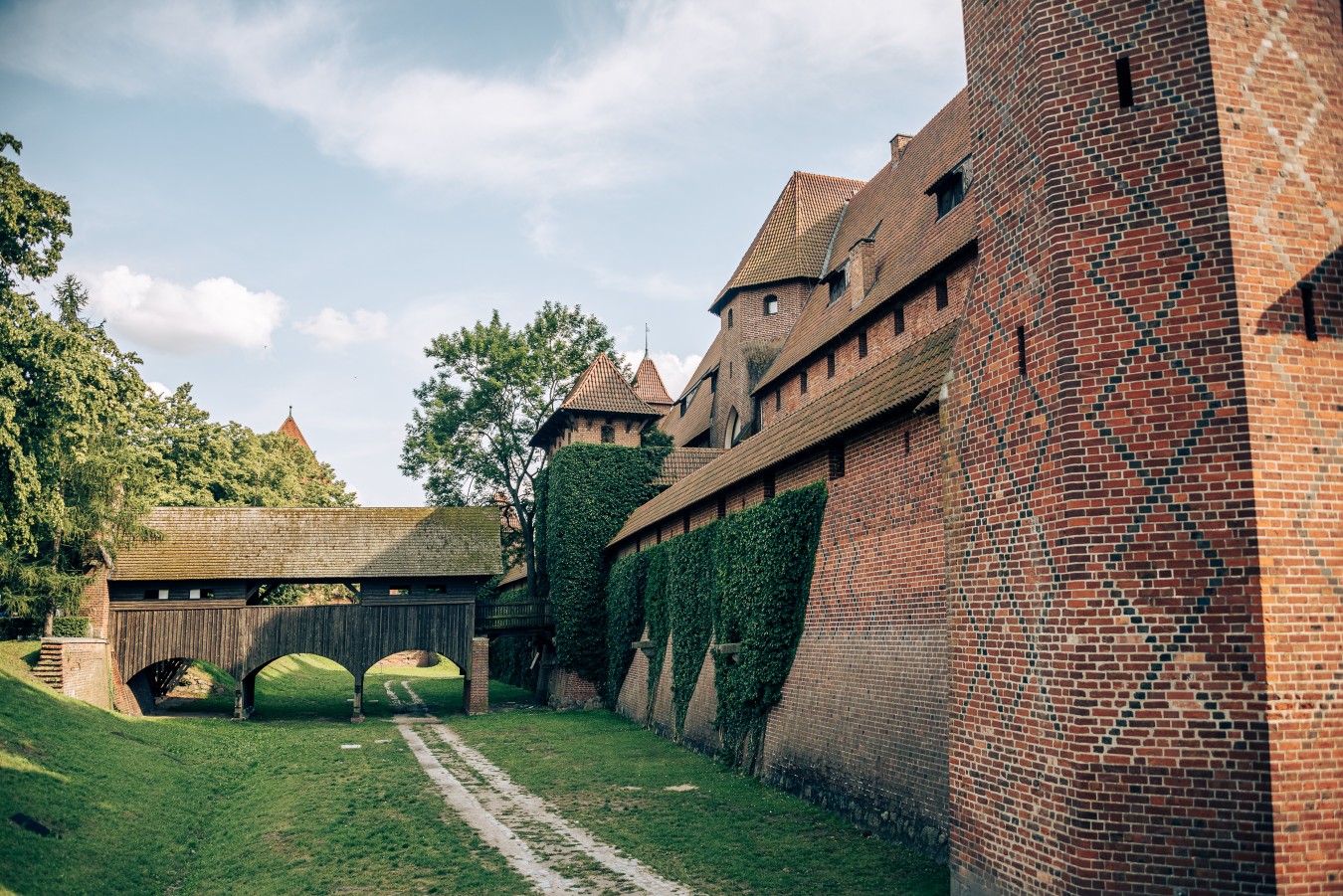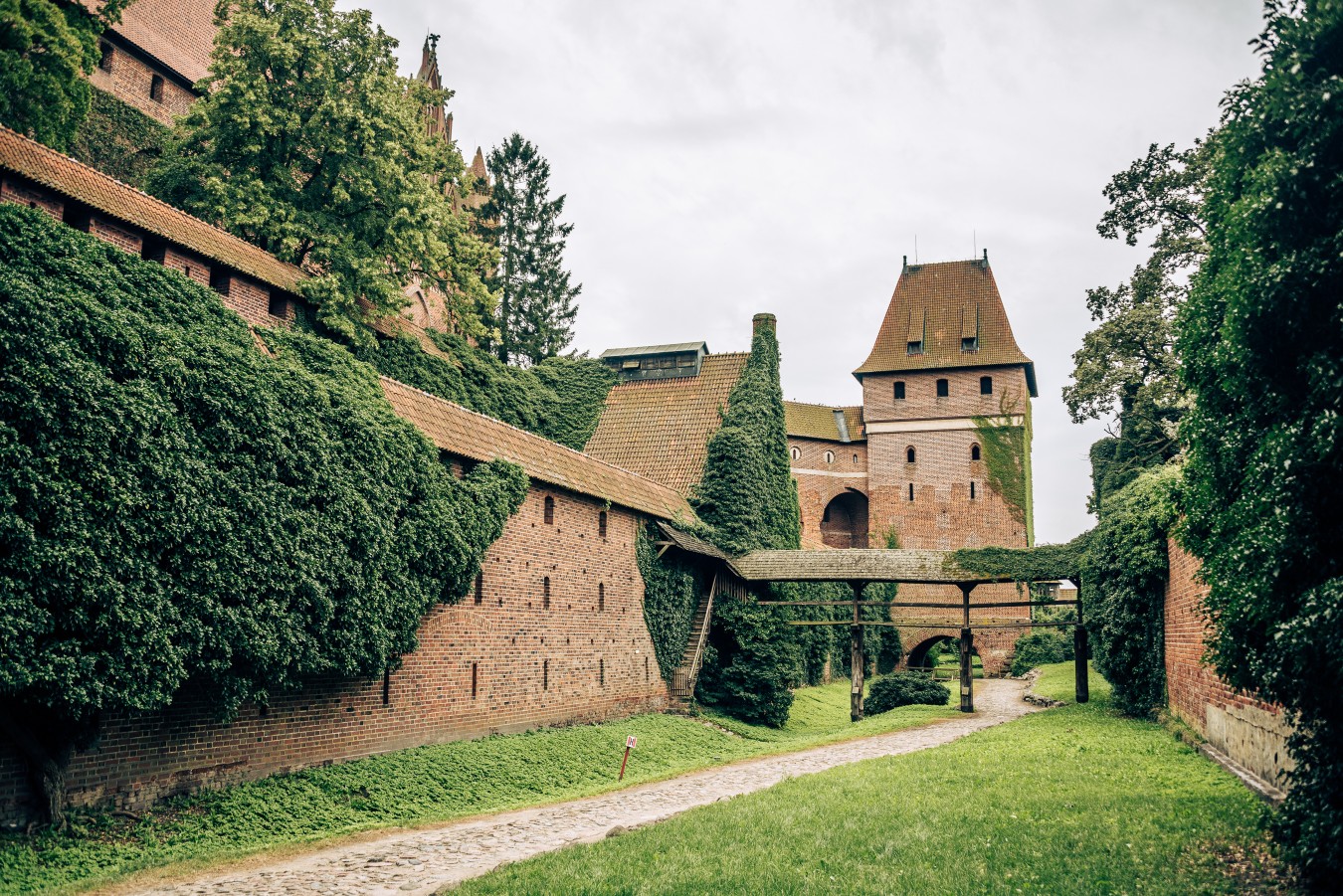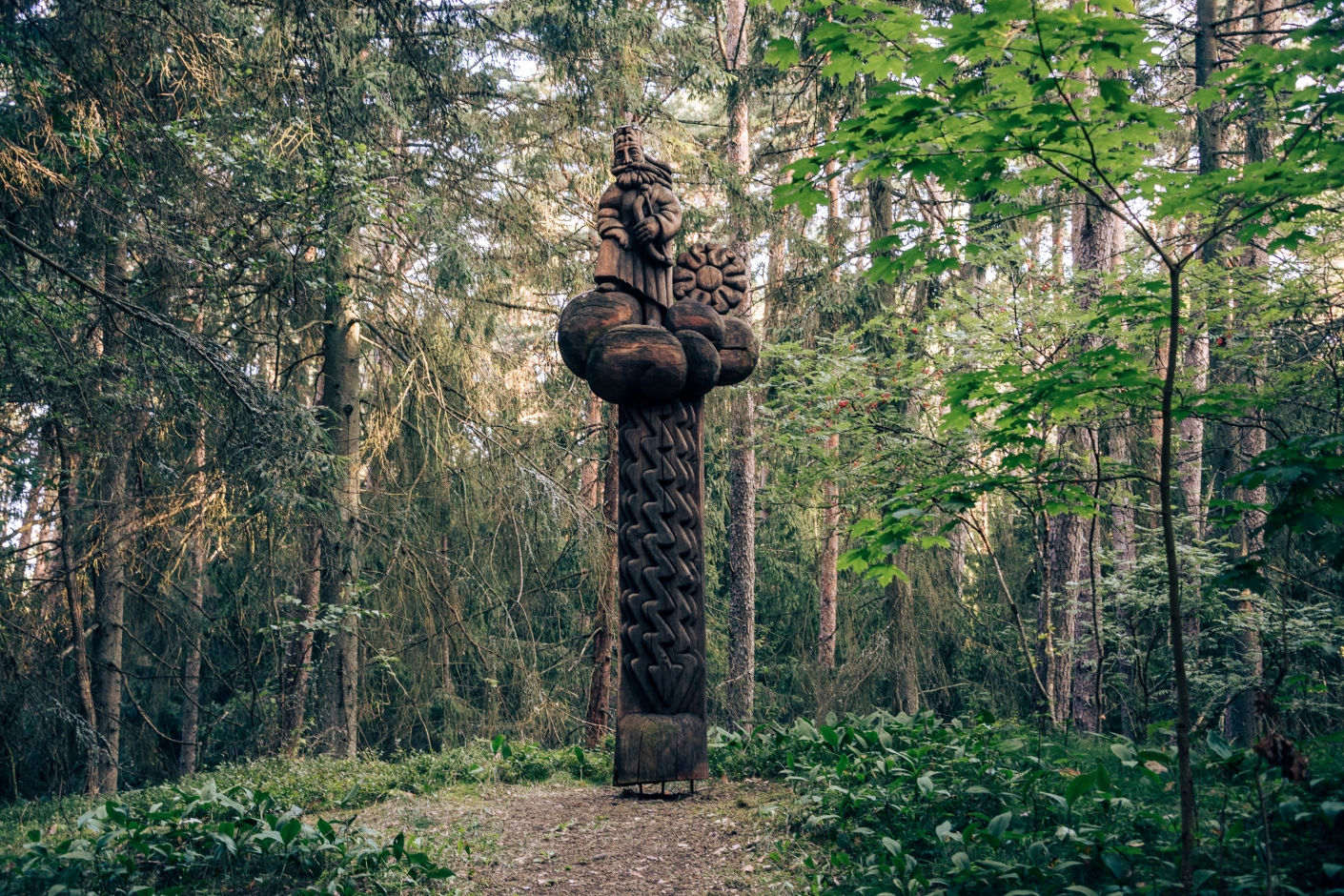Malbork Castle, also known as the Marienburg, was the Teutonic Order's headquarters and a symbol of their power. As the largest brick castle in the world, it is a marvel of medieval engineering, designed to project authority and withstand sieges. The castle's architecture is an embodiment of Gothic military design, with its towering walls, multiple layers of defenses, and self-sufficient layout. Malbork was not just a fortress but a hub of administration, religion, and commerce. Its massive size and grandeur were meant to intimidate and assert the dominance of the Teutonic Knights over the region. The High Castle, Middle Castle, and Outer Bailey each served distinct purposes, from housing the Grand Master to accommodating troops and storing supplies, ensuring the stronghold could endure prolonged periods of conflict.
In stark contrast, Wolf's Lair, or Wolfsschanze, constructed in the early 1940s, was a hidden military command center nestled deep in the Masurian forests. Unlike Malbork’s overt display of power, Wolf's Lair was designed for secrecy and protection in an era of aerial warfare and espionage. The complex was heavily fortified, with bunkers reinforced by thick concrete, minefields, and anti-aircraft defenses. Unlike the grandeur of Malbork, Wolf's Lair’s architecture was purely functional, designed to shield Hitler and his high command from attacks while coordinating the Nazi war effort on the Eastern Front. The bunkers and buildings, camouflaged by the dense forest, were meant to be invisible to enemy reconnaissance, a stark departure from the medieval fortress’s intention of being a visible symbol of power.
Both fortresses were products of their times, each responding to the unique military and political challenges of their era. Malbork Castle’s massive walls and fortified towers reflect a period where visible power and physical defenses were paramount, designed to repel invaders and assert control over conquered territories. On the other hand, Wolf's Lair reflects the modern age's shift toward covert operations, where the primary threats came from the air and from within. The secrecy and protection offered by Wolf's Lair were crucial in an age of total war, where leaders like Hitler required secure locations from which to direct operations far from the front lines.
Despite their differences, both Malbork Castle and Wolf's Lair were eventually abandoned in the face of advancing enemy forces—Malbork during the decline of the Teutonic Order and Wolf's Lair as the Soviet Army closed in during World War II. Today, they stand as monuments to their respective eras—Malbork as a UNESCO World Heritage site, celebrated for its architectural splendor, and Wolf's Lair as a somber reminder of the destructive ambitions of the 20th century. Both sites offer a profound insight into the evolution of military architecture and the shifting nature of power from the medieval to the modern world.
